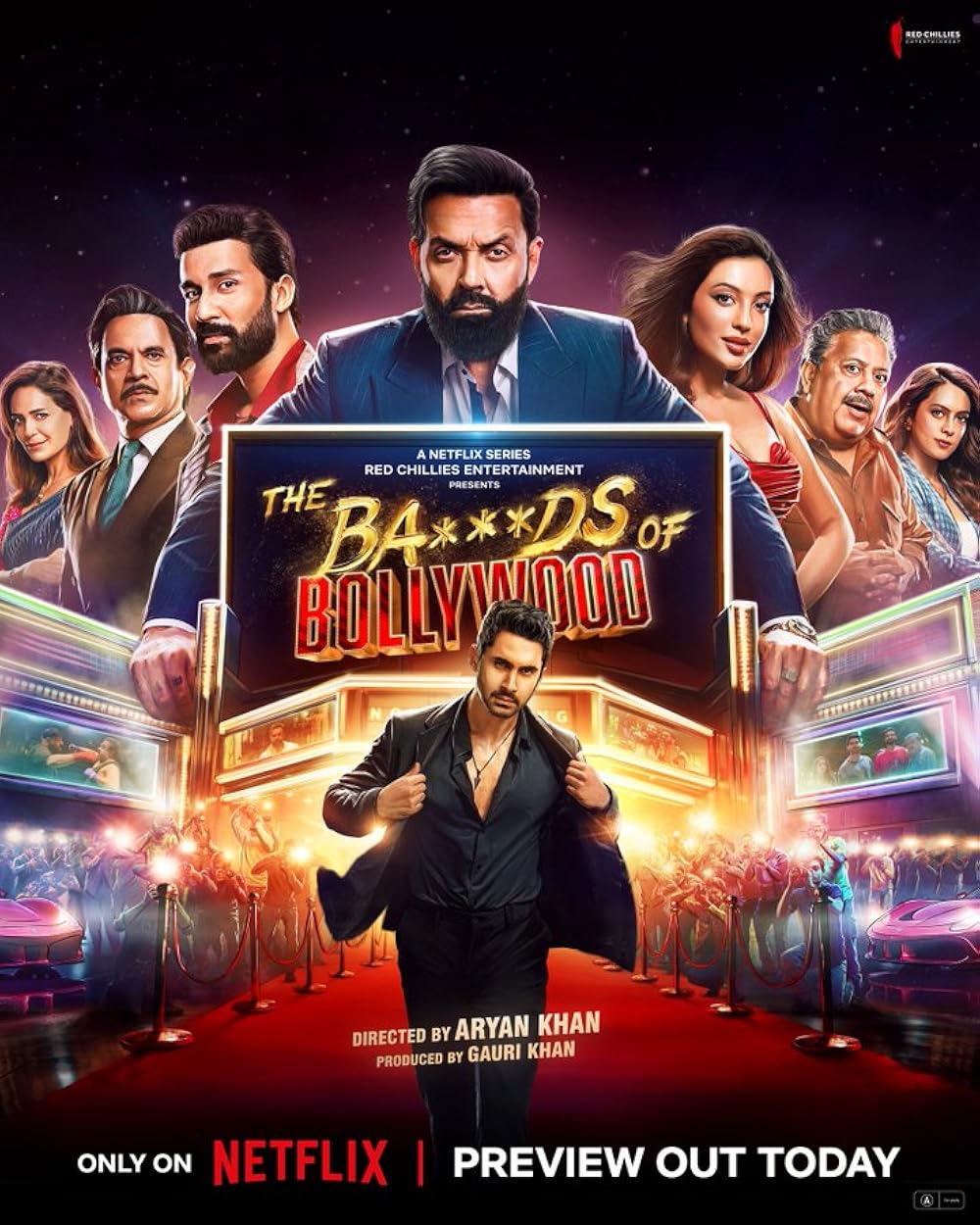Exploring the Bads of Bollywood: Controversies and Scandals

Introduction
Bollywood, India’s thriving film industry, has captivated audiences worldwide with its vibrant storytelling and music. However, behind the glamour lies a darker side that often attracts scrutiny and criticism. The ‘bads of Bollywood’ encompass various issues, from nepotism and substance abuse to scandals that mar the industry’s reputation. Understanding these elements is crucial, as they reflect not only the challenges faced by the industry but also its broader social implications.
Controversies and Scandals
Over the years, Bollywood has been no stranger to controversy. The debate surrounding nepotism reached a fever pitch after the tragic death of actor Sushant Singh Rajput in 2020, which reignited conversations about the preferential treatment afforded to star kids over deserving talent from non-filmy backgrounds. High-profile figures like Karan Johar and Salman Khan were often implicated in these discussions, sparking widespread calls for a more equitable industry.
Moreover, conflicts between actors, directors, and producers frequently make headlines, from public feuds to legal battles. The infamous brawl between actors Salman Khan and Shah Rukh Khan at a party is a prime example of personal disputes spilling into the public eye, affecting their careers and relationships.
Substance Abuse and Mental Health Issues
The pressure to perform in Bollywood can be immense, leading some actors to turn to substance abuse as a coping mechanism. The industry has witnessed several high-profile cases linked to drug use, culminating in ongoing investigations, including the much-publicized nexus exposed during Sushant Singh Rajput’s case. This issue also highlights the critical need for mental health support within the industry, as numerous actors have publicly shared their struggles with anxiety and depression.
Impact on Society and Culture
The actions and attitudes of Bollywood celebrities often have a significant influence on society. Controversial statements made during interviews or on social media can sway public opinion and shape cultural narratives. For instance, the portrayal of women in Bollywood films has sparked debates about misogyny and unrealistic beauty standards, prompting calls for more inclusive and positive representations.
Conclusion
The ‘bads of Bollywood’ present a complex picture of an industry often celebrated for its creativity and entertainment value. While controversies and scandals may tarnish the image of Bollywood, they also serve as important reminders of the challenges within the industry. Moving forward, there is a collective responsibility to address these issues, promote inclusivity, and foster a healthier environment for both talent and audiences. As the industry evolves, ongoing discussions about its flaws may lead to necessary changes that could benefit future generations in Bollywood.
